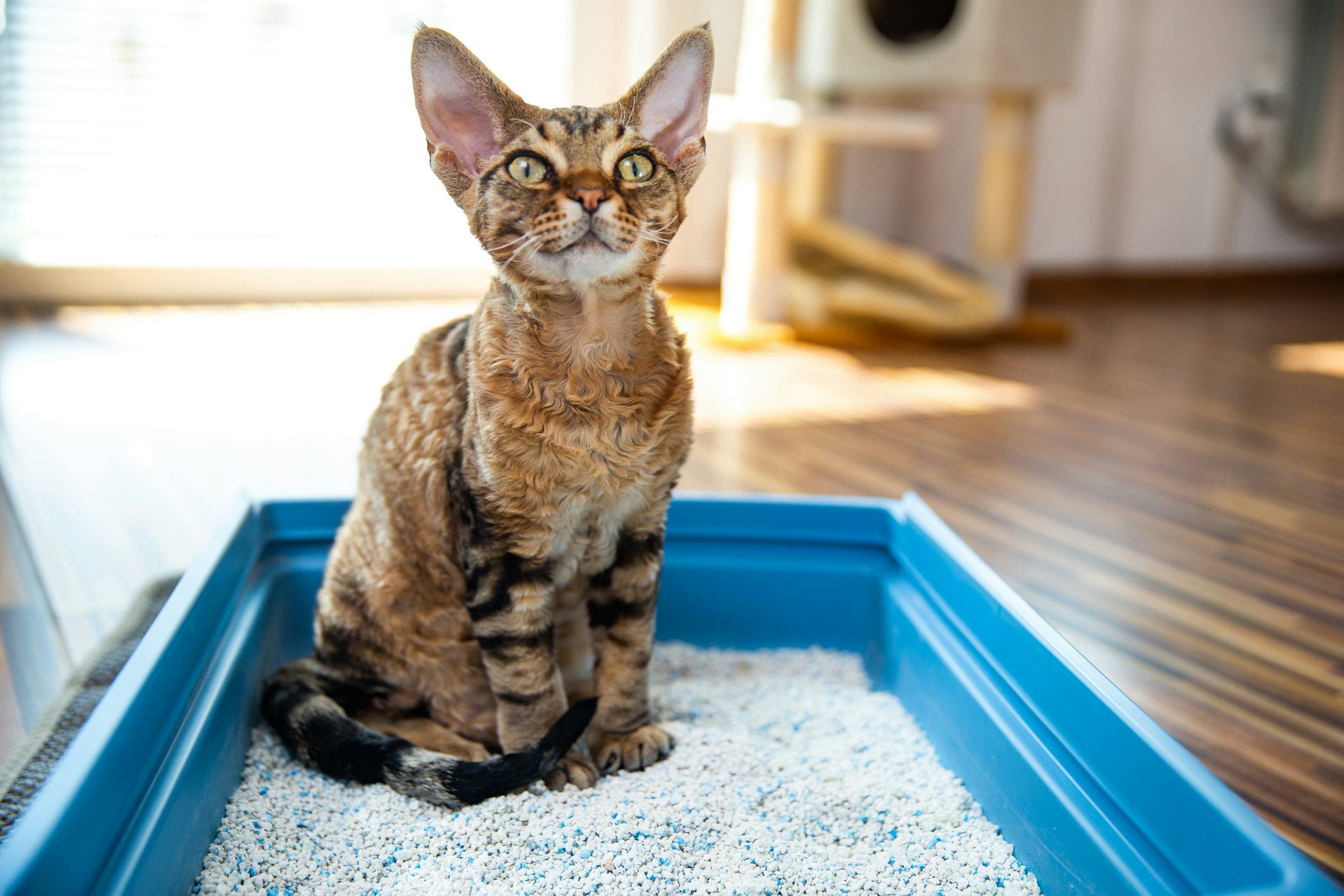What're your thoughts on 10 Things You Should Never Flush Down The Toilet?

When it involves throwing away waste, particularly animal waste, many people typically resort to the practical option of flushing it down the commode. Nevertheless, this apparently very easy solution can have severe consequences for the setting and public health. In this post, we'll check out why flushing animal waste down the bathroom is a poor concept and give alternative approaches for correct disposal.
Introduction
Correct waste disposal is important for preserving ecological sustainability and public health. While it might seem safe to flush animal waste down the bathroom, it can bring about various concerns, both for the setting and human wellness.
Risks of flushing pet waste
Ecological influence
Flushing pet waste introduces harmful bacteria and virus into rivers, which can negatively influence aquatic communities. These pathogens can pollute water sources and damage marine life, interfering with fragile communities.
Public health worries
Animal waste includes unsafe bacteria such as E. coli and Salmonella, which can present serious health risks to humans. Flushing pet waste down the toilet can pollute water materials, resulting in the spread of illness and infections.
Alternatives to flushing
Instead of purging animal waste down the bathroom, there are numerous alternative disposal approaches that are more eco-friendly and hygienic.
Composting
Composting pet waste is an environment-friendly method to deal with it. By composting, raw material is broken down right into nutrient-rich soil, website which can be utilized to fertilize yards and plants.
Garbage dump disposal
Taking care of pet waste in a landfill is another alternative. While not as eco-friendly as composting, it is a much safer choice to flushing, as it prevents the contamination of water sources.
Animal waste disposal systems
There are customized animal waste disposal systems available that safely and hygienically take care of pet waste. These systems typically utilize enzymes to break down waste and eliminate odors.
Actions to correct animal waste disposal
To guarantee correct disposal of pet waste, follow these actions:
Scooping and landing waste
Routinely scoop and bag pet waste making use of eco-friendly bags. This prevents waste from polluting the atmosphere.
Using designated waste bins
Dispose of bagged pet waste in assigned waste bins, such as garden compost containers or land fill bins. Prevent flushing it down the bathroom in all costs.
Cleansing can and pet areas on a regular basis
Regularly clean litter boxes and pet areas to prevent the buildup of waste and bacteria. Use pet-safe cleaning items to maintain health.
Advantages of correct disposal methods
Embracing proper disposal approaches for animal waste provides a number of benefits:
Lowered environmental pollution
Correct disposal techniques reduce the danger of environmental pollution, securing waterways and communities from contamination
Reduced threat of water contamination.
By avoiding flushing animal waste down the bathroom, the threat of water contamination is substantially lowered, guarding public health.
Boosted sanitation and health
Appropriate disposal methods advertise better cleanliness and hygiene, developing a safer environment for both humans and animals.
Conclusion
In conclusion, flushing animal waste down the toilet is harmful to the setting and public health. By adopting alternative disposal approaches and adhering to appropriate waste administration practices, we can minimize the adverse effect of animal waste and add to a cleaner, healthier earth.
What To Do With Dog Poo – The Do's And Don'ts Of Disposing Of Faeces
Dog poo bins
Some councils provide dedicated dog waste bins in popular dog-walking areas that can take dog poo that has been bagged but you can legally dispose of dog waste in any public litter bin, as long as it is securely bagged. This also applies to your wheelie bin at home.
Do not flush
Water companies do not recommend flushing dog faeces down the toilet because certain parasites can survive the water processing treatment and are potentially harmful to humans. You should also never consider flushing dog poo that has been bagged down the toilet as the bags will not break down and instead create severe blockages in the sewage system.
In the woods
The Forestry Commission promotes a ‘stick and flick’ method for dealing with waste in the woods. This means finding a stick and using it to flick any poo from off the path so that it is out of the way of other walkers. You could also bury it as long as it is not in an area where there might be livestock.
Livestock
Parasites found in dog poo can be transmitted to livestock if they inadvertently eat infected faeces that has been left on grazing land. This could result in the death of sheep or abortion in cattle so you should always make sure you pick up your dog’s waste in fields where livestock could be present.

As a keen reader on Don't Flush Your Pets Poo Down The Loo, Vet Warns, I thought sharing that excerpt was a great idea. Enjoyed our piece of writing? Please quickly share it. Let someone else check it out. I am grateful for your time. Revisit us soon.
Schedule Services